reviewed by Christina Lopez
Hallucinogenic plants are the one that causes hallucinations. They have psychological effects on a person.
These effects cause changes in a person's perception, feelings, emotions, or thoughts, like failing to sense things that are real and the things they sense that do not even exist.
From offering healthy meals, medicinal benefits, and psychoactive effects, plant life has evolved to suit several needs of man. Their elusive or strong aroma, taste, and extract are used as a hallucinogen in different parts of the world.
India is one of the wildest countries when it comes to growing a wide range of vegetation.
Moreover, different hallucinogenic plants in India are used as a source of escape, euphoria, spiritual escalation as well as for cultural and religious purposes.
Contents
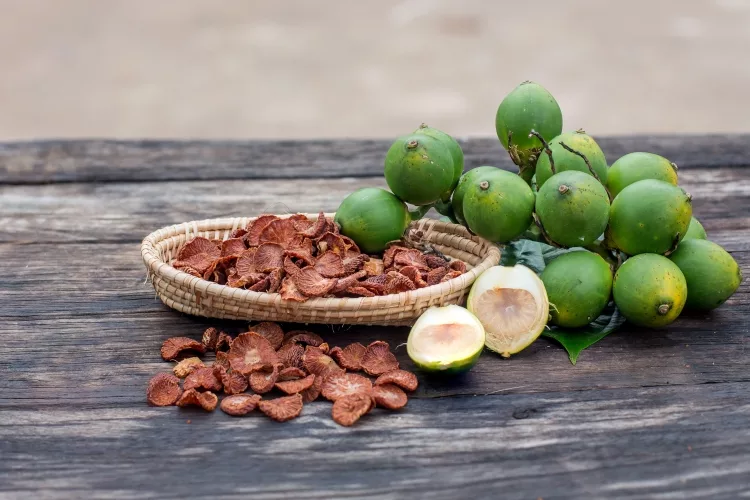
Before we delve into the details of hallucinogenic plants, let us learn about the concept of hallucination. Can you hark back to dreams that were vivid enough to trick you into believing them as real?
Well, that brings you a tiny step closer to comprehending hallucination.
Hallucinogenic plants can cause the consumer to visualize images, hear sounds, and sense feelings that seem real yet are non-existent. They cause disruption between the nerve cells and serotonin.
However, hallucinogenic plants can produce pleasant as well as frightening sensations. These hallucinogens alert the sensory signals but mostly cause loss of control over the things they experience.
1. Jimson Weed
2. Cannabis
3. Betel Nut
4. Opium Poppy
5. Henbane
6. Ipomoea violacea
7. San Pedro cactus
8. Mimosa Hostilis
9. Mimosa pudica
Till date, the world has identified nearly 120 hallucinogenic plants. With varying legal statuses, they are used in every part of the world. Following are five psychedelic plants in India along with their side effects and addictions:
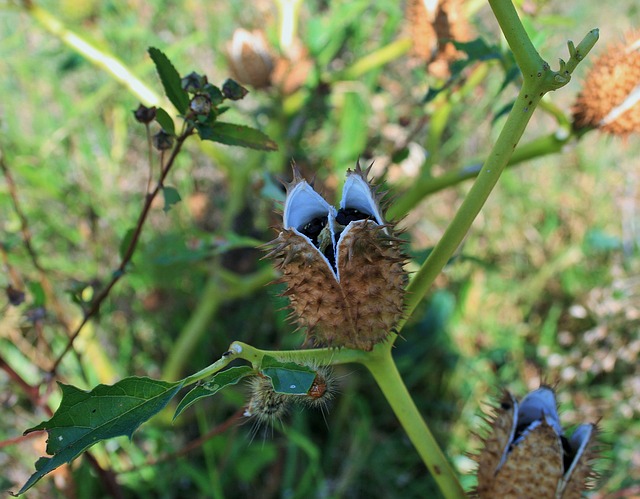
Commonly known as 'datura,' Jimson Weed is revered as a sacred plant in India. It is prone to produce profound and lucid visions and is used to open the mind and accelerate imagination.
Side effect: Its side effects can include a feeling of discomfort, heart palpitations, severe anxiety, and vomiting. However, higher dosage and reckless use may also lead to dangerous effects or even death.
Addiction: If used for the long term, this hallucinogenic plant may cause dependence.
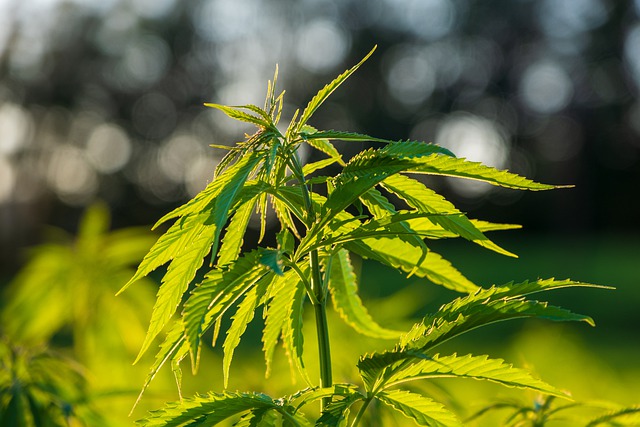
Also known as Marijuana or Hashish, the plant has been a traditional start-up drug for many youngsters. It can be found easily in most regions of India.
Side effects: Cannabis use can lead to slowed reflexes, distorted perceptions, and paranoid delusions. The plant can also affect memory and attention and cause permanent brain damage if used for the long term.
Addiction: Although not for everyone yet Cannabis can cause addiction and quitting it may cause withdrawal symptoms.
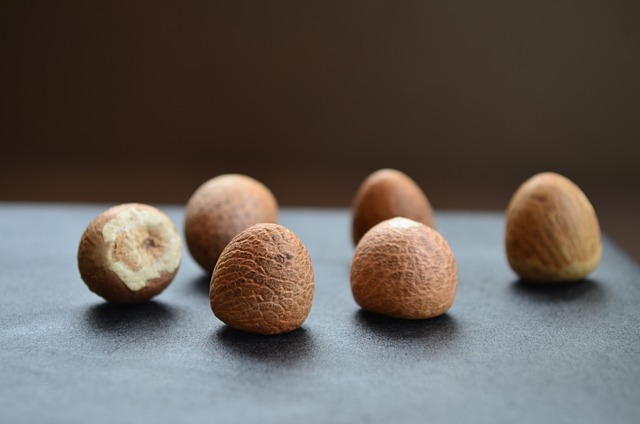
Counted as the fourth-most psychoactive drug globally, betel nut produces several addictive alkaloids when chewed.
Side Effects: Although it is a part of the Indian culture, it may prove to be detrimental to health. Betel nut chewing may lead to oesophagal and oral cancer, gum problems, diarrhoea, abnormal heartbeat, and chest pain.
Addiction: Similar to smoking, the habit of chewing betel is hard to quit once taken up.
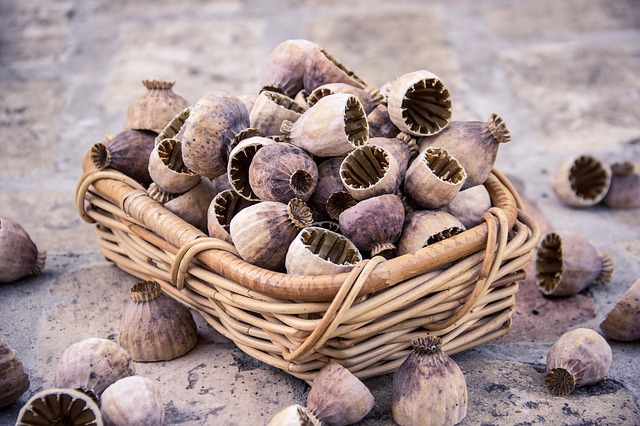
Often used as a garden plant, Opium Poppy can impact the brain and spinal cord and is used to suppress pain. It is likely to cause euphoria and improve mood.
Side Effects: Harmful effects of opium include slurred speech, memory loss confusion, vomiting, constipation, nausea, and increased pressure on the brain as it disrupts the nervous system.
Addiction: Opium is highly addictive and causes severe damage to the body's metabolism.
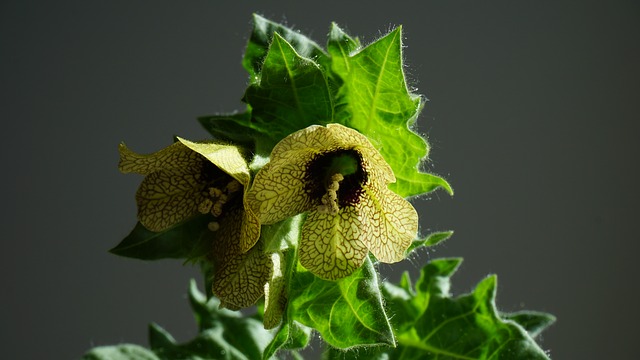
With pastel green leaves covered with a sticky hair blanket, Henbane has an extremely foul odour.
Side Effects: The plant may cause red skin, dry mouth, disturbed vision, drowsiness, urination issues, manic episodes, restlessness, and increased heart rate.
Addiction: Belladonna alkaloids present in Henbane are likely to cause addiction.
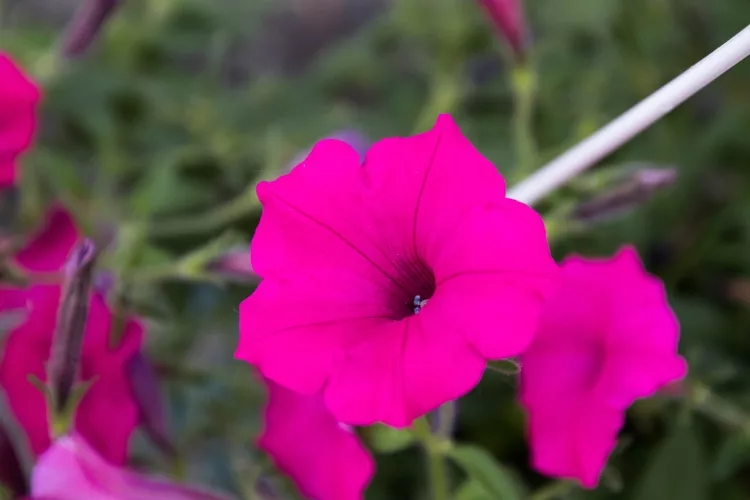
It is also known as the Morning glory that contains a naturally occurring tryptamine. The effects of LSA are closely related to LSD.
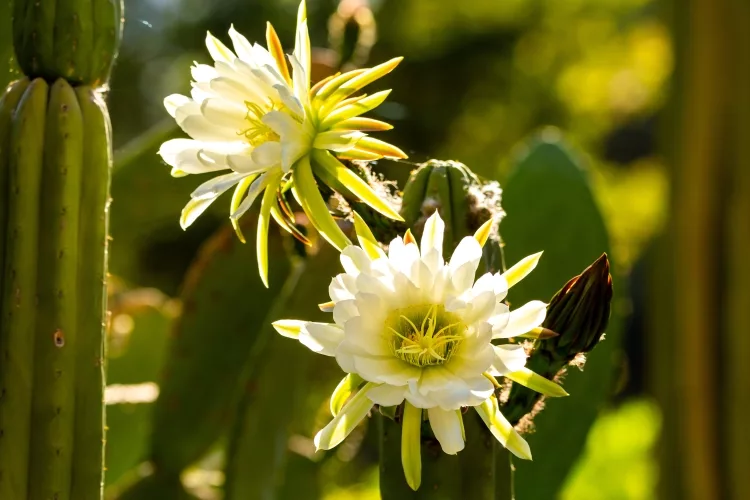
The san Pedro cactus produces a small amount of a psychedelic hallucinogen known as Mescaline that is produced from the spineless cactus.
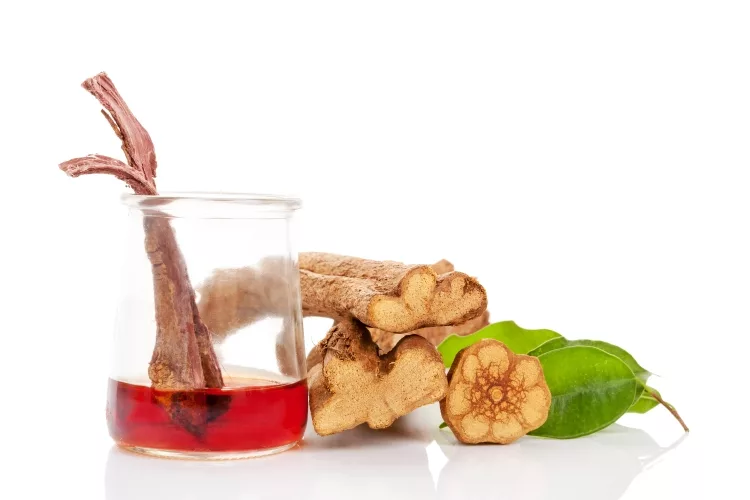
Mimosa Hostilis, also known as Jurema Puerta, is commonly found in the lower altitudes of Brazil.

This is a well-known ornamental and is also a sensitive plant. The plant is used to cure or avoid a few diseases like diabetes, hepatitis, cancer, and urinary infection.
There are several side effects of hallucinogens. These effects last for a few hours, depending on the type of drug.
The side effects typically include dizziness, blurred vision, a sense of well-being and relaxation, confusion, difficulty in concentration, hard to maintain attention or coordination.
A feeling of euphoria, distorted perceptions and hallucinations like visuals, bogy, space or time, anxiety, paranoia, feeling of panic, increased breathing rate, heart rate, body temperature, and blood pressure, vomiting, shivering, numbness, hallucinations, social problems, etc.
It also has adverse effects on learning, memory, speech, and emotions.
Hallucinogens have always been used medically and also for spiritual use. But nowadays people have started to use them for their satisfaction that they attain from drug abuse. These substances can create a drug-like experience that is called tripping, which can be very distressing and intellectually stimulating.
Hallucinogens are of two types, i.e., dissociative drugs and classical stimulants. Both types have adverse effects on health. These hallucinogens affect the healthy brain system and disrupt the release of a chemical called serotonin.
This chemical is typically responsible for the regulation of sleep, mood, body temperature, muscle control, sex drive, and perception of sense.
This drug increases the level of the said chemical, which in return increases the feeling of touch, sexual drive, and pleasure, happiness, etc., which is the reason most people adopt the habit of its regular use, which makes their brain dependent on these hallucinogens.
The major cities of India are in a tight grip of such drug abuse. Addiction to these substances destroys the emotional state of a person.
Moreover, it also leaves adverse effects on fertility. Such habits work as the social evils in the society. The frustrated and misguided people are the victims of such crimes.
The psychological evaluation for the people high on a hallucinogen is necessary as there isn't any medication approved for the treatment of hallucinogen abuse.
Rehabilitation centres can offer behavioural treatments as these can help people in changing their hallucinogen related feelings and thoughts.
It is common for some of the plants to be used for medicinal purposes too. However, excessive or careless use may cause severe physical and mental damage.
15 Best Plants to Grow on Rooftop in India (Terrace)
10 Plants & Seeds that Contain Caffeine
5 Plants & Roots That Contain Cyanide
19 Snake Repellent Plants for Home Garden
How to Care for Stone Lotus Flower Plant?
 |
 |
 |
 |

About Christina Lopez
Christina Lopez grew up in the scenic city of Mountain View, California. For eighteen ascetic years, she refrained from eating meat until she discovered the exquisite delicacy of chicken thighs. Christina is a city finalist competitive pingpong player, an ocean diver, and an ex-pat in England and Japan. Currently, she is a computer science doctoral student. Christina writes late at night; most of her daytime is spent enchanting her magical herb garden.
 |
 |
 |
 |
Get new FREE Gifts. Or latest free growing e-books from our latest works.
Disable Ad block to reveal all the links. Once done, hit a button below
 |
 |
 |
 |